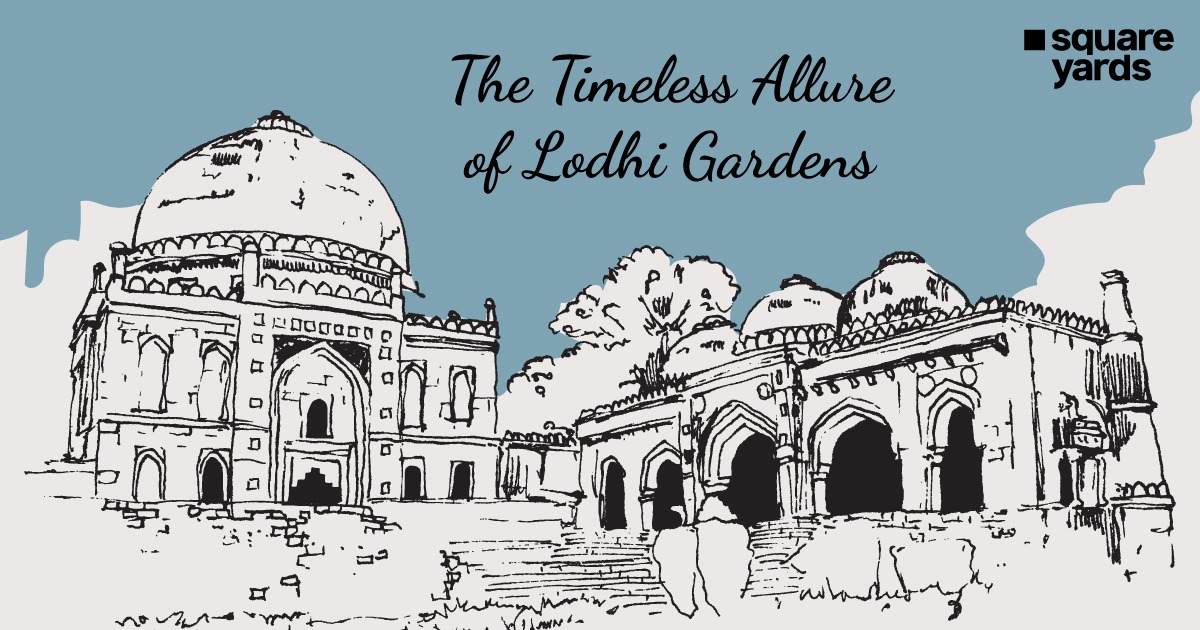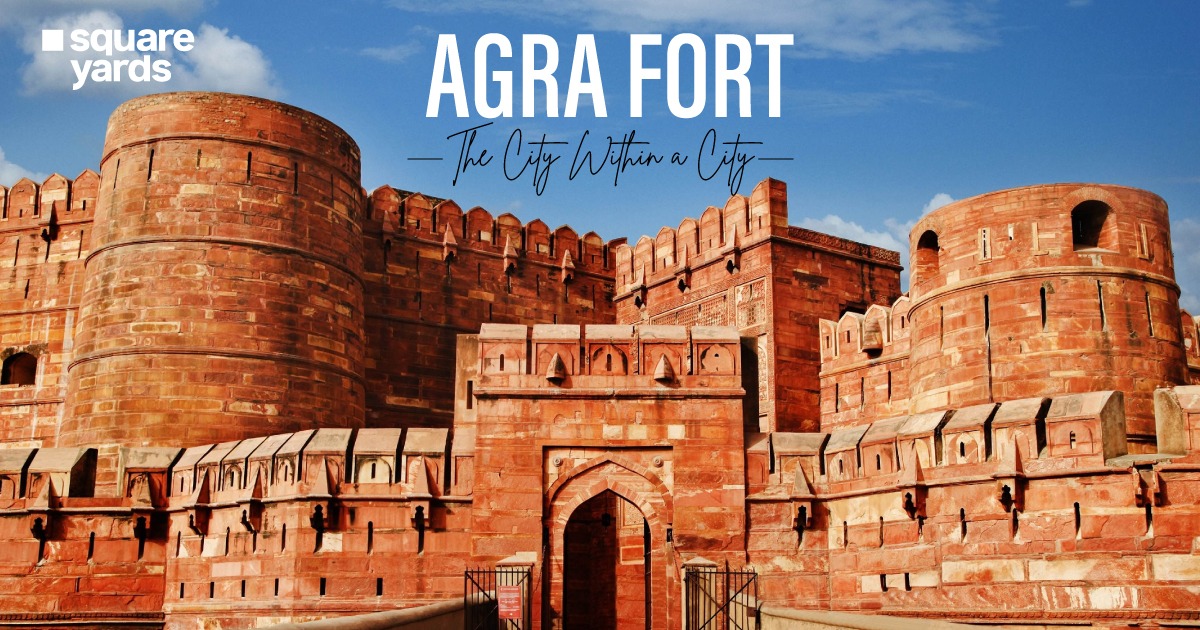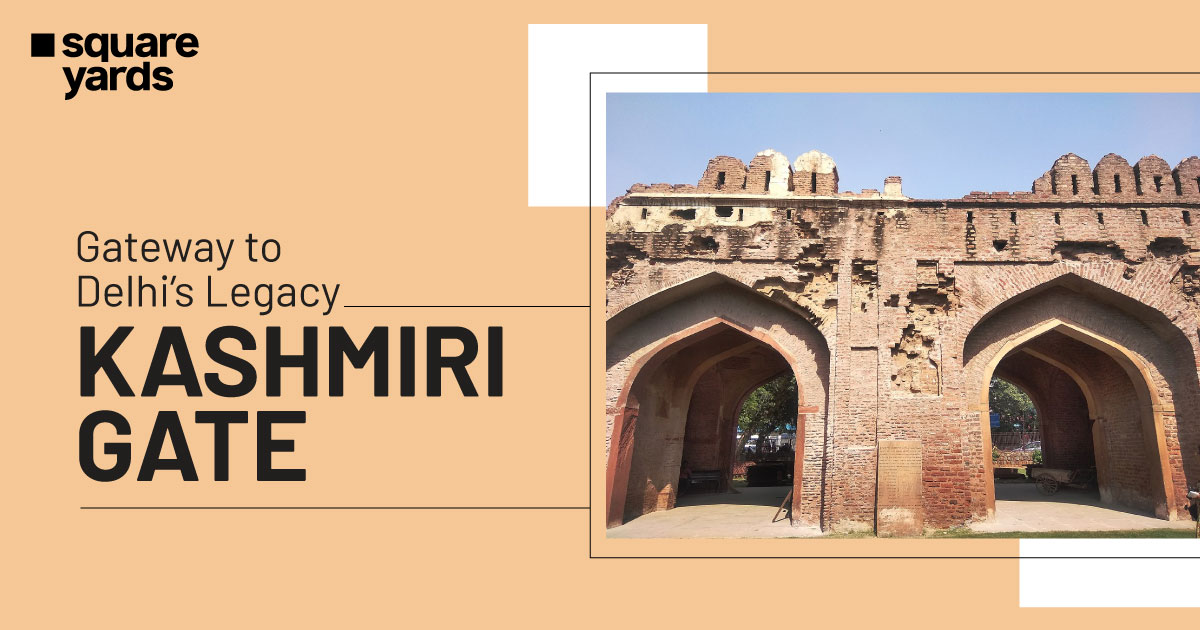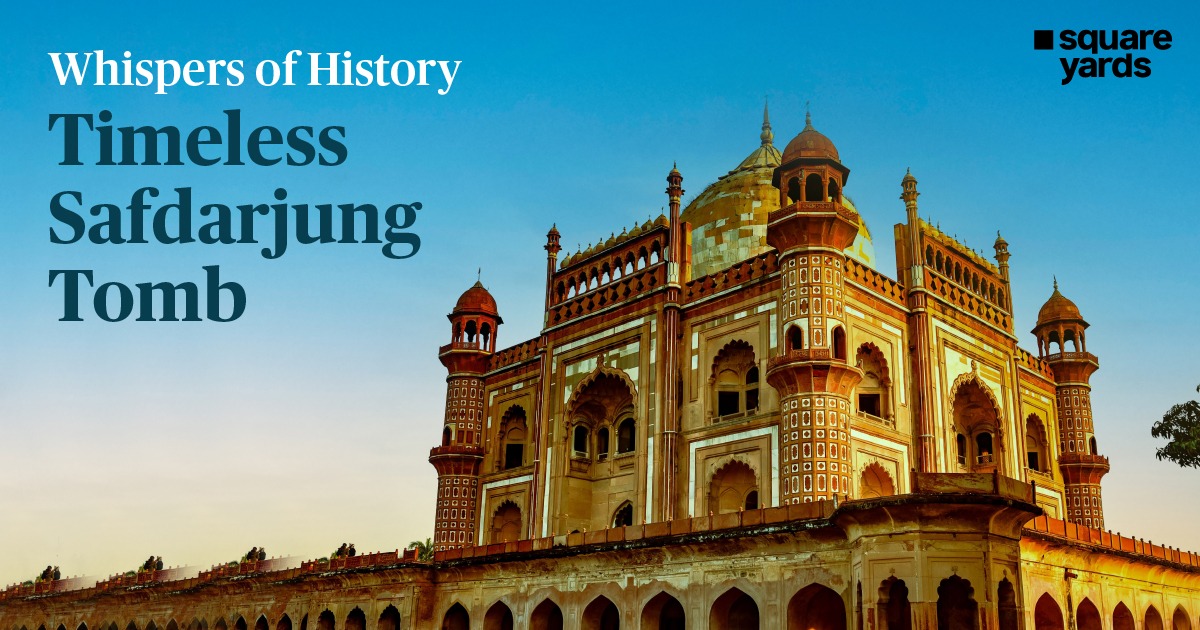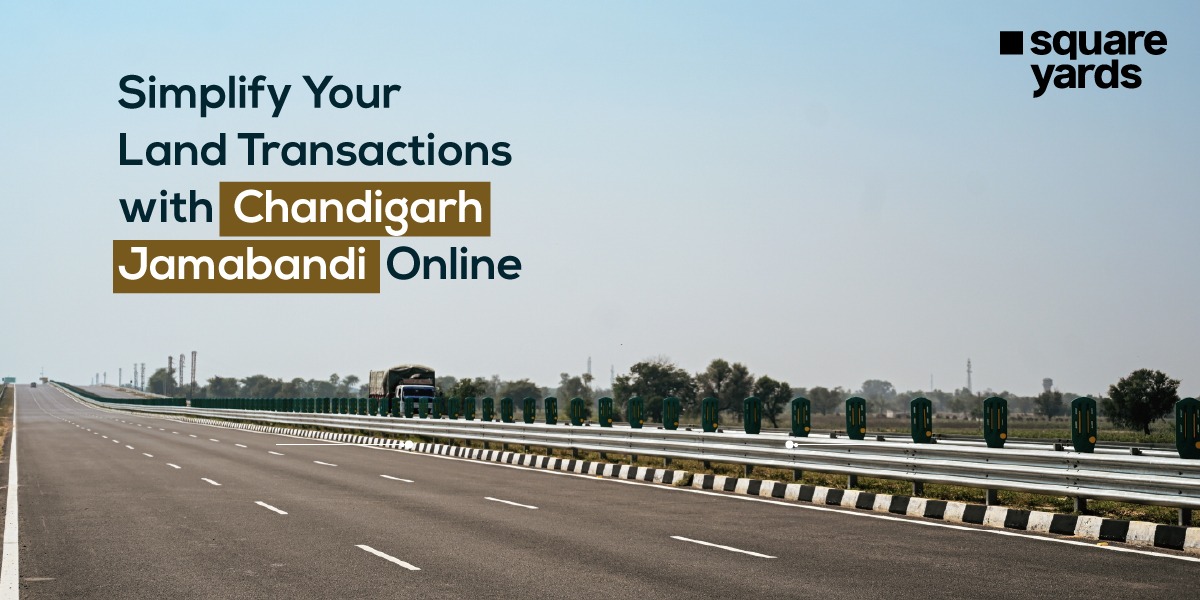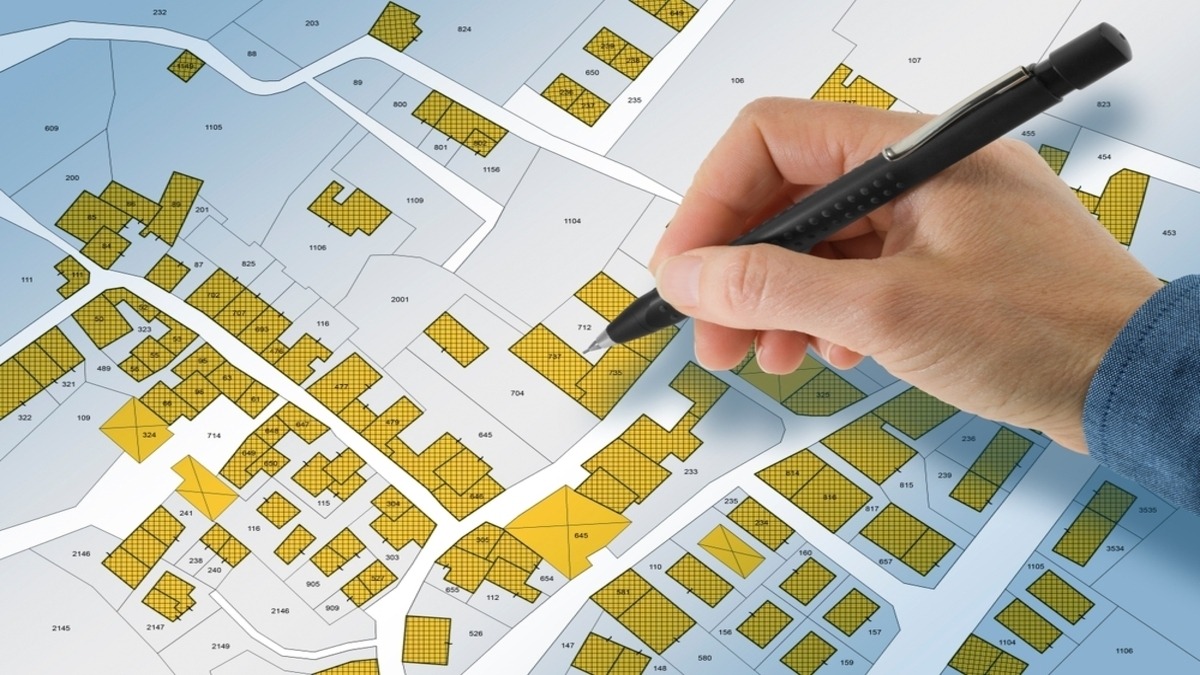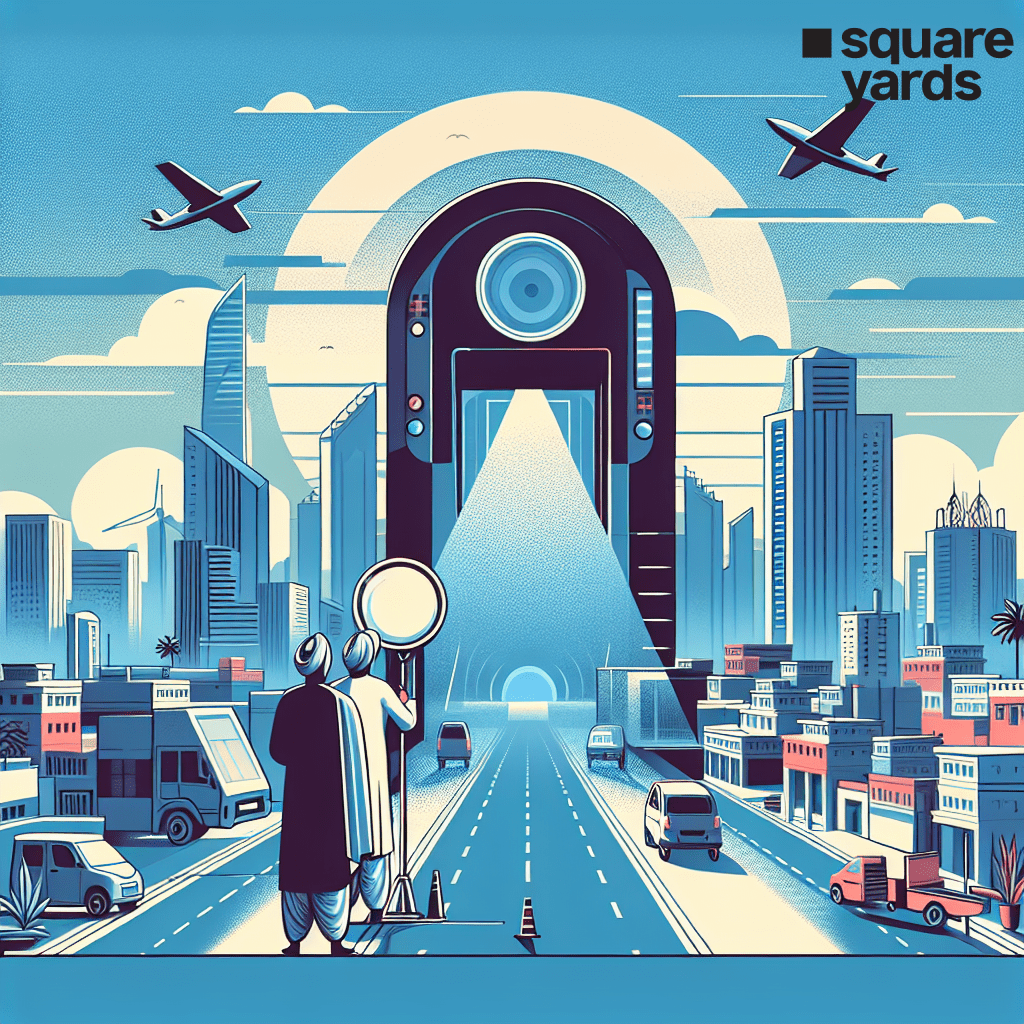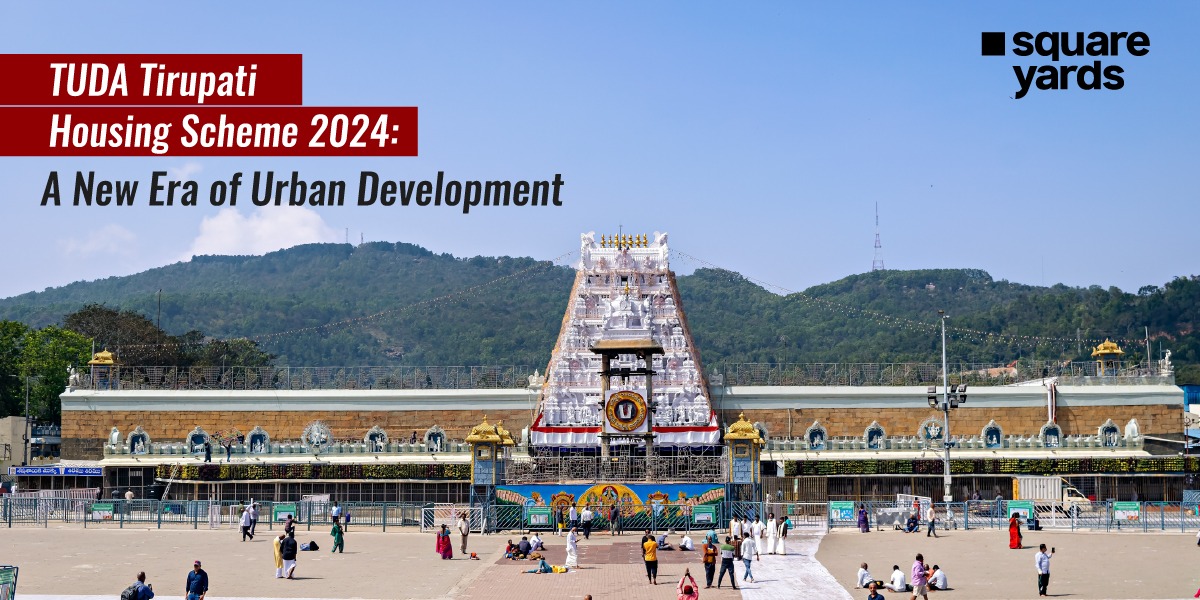Nestled on Lodhi Road, between Safdarjung’s Tomb and Khan Market in south Delhi, the lush green Lodi Garden is a captivating expanse covering 90 acres. This enchanted garden is dotted with majestic monuments and tombs that date back to the history of the Sayyid, Lodi, and Mughal dynasties. Formerly known as the Lady Willingdon Park, this Delhi’s loveliest escape is home to more than 100 species of trees, vibrant shrubs, glass houses, Athpula- an eight-pillared bridge, bonsai park, and much more. As you traverse through undulating walking paths, you will be enamoured by its natural beauty and architectural marvels and revel in the blissful environment.
Let’s embark on the journey of the favoured getaway of Delhi, perfect for nature enthusiasts and history buffs alike.
Table of contents
- History of Lodhi Gardens
- Architecture of Lodhi Gardens
- What’s Inside Lodi Gardens?
- Timings, Location, And Entry Fees For Lodi Gardens
- Ways to Reach Lodi Gardens
- What Are the Best Times to Visit Lodi Gardens?
- Places to Visit Near Lodhi Gardens
- Quirky Facts About Lodhi Gardens
- A Spellbound Beauty!
- FREQUENTLY ASKED QUESTIONS(FAQ’S)
History of Lodhi Gardens
The history of Lodhi Gardens traces back to the 14th century A.D. when the tomb of Mohammad Shah was constructed by his son and the last ruler of the Sayyid dynasty of the Delhi Sultanate, Ala-ud-din Alam Shah.
Another mausoleum belongs to Sikandar Lodi from the Lodi dynasty, built in the 15th century. During this era, several other structures were contrived in the vicinity. When Mughal Emperor Akbar ascended the throne of Delhi, he repurposed the Garden area as an observatory and library to store records. As time passed, areas surrounding tombs developed into villages (Khairpur).
In 1936—during British rule—the Gardens were renovated, and new exotic trees and plants were laid out around the monuments, adding an enchanting charm to the place. It was then inaugurated in 1936 and was named Lady Willingdon Park (the wife of the then-British Governor), honouring her vision and efforts.
Post-Independence, the gardens were overhauled, developed by Joseph Stein, an American landscape architect, who introduced glass houses and breathed new life into the garden complex. It was then renamed as Lodhi Gardens. Today, the gardens are an oasis of greenery and calmness amongst the bustling hub of Delhi.
Architecture of Lodhi Gardens
The architectural diversity of Lodhi Gardens is breathtaking! It showcases a fusion of architectural styles and cultural contexts that have embarked on Delhi’s history.
Mohammed Shah Tomb:
As you enter the gardens, you’re greeted by the imposing Mohammed Shah Tomb, the earliest architectural gem within Lodhi Gardens. Built-in 1444, this octagonal structure showcases the transition from the pre-Lodi architectural style to the grandeur that would follow. It features eight small domed structures or chattris, carved with incised plaster work and the crowning lotus on the ceiling that is a sight to behold!
Bada Gumbad:
Next, the striking Bada Gumbad comes into view. This is one of the largest and finest examples of Lodhi architectural style. The square-shaped tomb with the magnificent dome shares its plinth with the Mehman Khana (guest house), and the Mosque. Crafted of grey sandstone, the exterior has intricate work in red stone and black marble, and the interiors comprise stucco work and motifs along with the inscriptions. The tapering minarets and jharokha (oriel) windows are the embellished features of this tomb.
Sheesh Gumbad
Located on the northern side of the Bada Gumbad is the Sheesh Gumbad. Aptly named the “Glass Dome,” exudes an air of mystery with its azure tiles that once adorned its facade. Built on a similar architectural style to Bada Gumbad, the interiors are adorned with geometric patterns and floral motifs.
What’s Inside Lodi Gardens?
While historical monuments are undoubtedly the stars of this space, the sprawling lawns and shaded corners of Lodhi Gardens entice visitors to unravel the simple pleasures of life.
The Gardens occasionally transform into a cultural hub, hosting events, guided tours, and musical performances that celebrate the arts and further enrich the experience of visitors. Due to its significant cultural and architectural heritage, Lodhi Gardens is a renowned destination for heritage walks. Visitors are drawn to explore and admire the wonders of that era.
Moreover, it is a paradise for artists and photographers seeking a moment to capture the artistic expression of the structure or some candid clicks of the serene ambience.
Timings, Location, And Entry Fees For Lodi Gardens
Lodi Gardens Location: Lodi Rd which lies between Khan Market and Safdarjung Tomb.
Lodi Gardens Timings: From April-Sept 5:00 am – 8:00 pm (Monday- Sunday)
From Oct-March 6:00 am – 8:00 pm (Monday- Sunday)
Lodi Gardens Entry Fee: No fees
Photography Charges: Free
Ways to Reach Lodi Gardens
Thanks to Delhi’s multi-transportation system that caters to different preferences, reaching Lodhi Gardens is convenient and accessible.
You can hop on the metro and get off at Jor Bagh metro station on the yellow line, running from Samaypur Badli station to Millennium City Centre Metro Station. From there the Gardens are just 1.1 km away
Alternatively, visitors can also reach Lodhi Gardens via the JLN metro station, which is on the violet line connecting Raja Nahar Singh to Kashmere Gate Metro Station. Delhi has an extensive bus network, autos and private taxis that are readily available and connect various parts of the city.
The distance from New Delhi Railway Station is 22 min (6.6 km) via Janpath Rd.
The distance from Indira Gandhi International Airport is 18.8 km.
What Are the Best Times to Visit Lodi Gardens?
Delhi experiences extreme weather conditions, with scorching summers and chilly winters. To avoid discomfort, it’s best to visit during the milder months of October to March. Spring and autumn offer pleasant temperatures and a vibrant ambience.
The visitors can opt for morning hours or late afternoon time just before sunset as it bathes Lodhi Gardens in a warm, ethereal light (a magical moment for the photographers to capture the true essence of this architectural marvel).
If you prefer a peaceful environment, consider visiting Lodhi Gardens on weekdays. As weekends can get busier with traffic congestion of locals and tourists alike.
Places to Visit Near Lodhi Gardens
Humayun’s Tomb:
Just 3km away from Lodhi Gardens lies the magnificent Humayun’s Tomb, a UNESCO World Heritage Site. The tomb is one of the star tourist attractions of the capital city.
India Gate:
Another iconic landmark near Lodhi Gardens is the India Gate. The distance from Lodhi Gardens to this war memorial is 3.8 km.
Safdarjung’s Tomb:
A short distance from Lodhi Gardens stands the elegant Safdarjung’s Tomb, the last garden tomb of the Mughal era.
Khan Market:
If you’re in the mood for eccentric shopping or dining, Khan Market is a bustling marketplace close to Lodhi Gardens, just a stone’s throw away (1.2km).
India Habitat Center:
The cultural and heritage hub of Delhi, this place hosts diverse events, workshops, and exhibitions.
Other notable attractions are- The National Handicrafts and Handlooms Museum, Rashtrapati Bhavan, National Zoological Park, Connaught Place and Dilli Haat.
Quirky Facts About Lodhi Gardens
- Lodhi Gardens houses several historical monuments, including the Tomb of Muhammad Shah, the Tomb of Sikandar Lodhi, Bada Gumbad, Sheesh Gumbad, and the picturesque Athpula.
- The oldest garden tomb, the tomb of Mohammad Shah, was erected in 1444 by Ala-ud-din Alam Shah.
- Covering an expansive area of over 90 acres, Lodhi Gardens offers a serene retreat in the heart of bustling Delhi.
- Did you know that the Tomb of Muhammad Shah also goes by another name? It’s locally referred to as Mubarak Khan-Ka-Gumbaz.
- This tomb is believed to be India’s first enclosed garden tomb. With its octagonal chamber, grand central dome, and distinct lotus petal adornments, it showcases the harmonious amalgamation of two major cultural influences( Indo-Islamic architectural style).
- Lodhi Gardens is home to a magnificent 16th-century stone bridge called Athapula. It features seven arches held by eight pillars, an enduring example of the brilliant architecture during Emperor Akbar’s reign.
- Interestingly, in an innovative move, the New Delhi Municipal Council has attached QR codes to 100 tree species in Lodhi Gardens to ensure the preservation of these trees.
- Since 2005, organisations like INTACH and the Archaeological Survey of India (ASI) have been conducting heritage walks in Lodhi Gardens.
A Spellbound Beauty!
As we come to the end of the exhilarating journey of Lodi Gardens, we’re reminded that within the confines of this historical gem lies a treasure that bridges the past and present—-in a harmonious symphony of beauty and tranquillity. It beckons, not just as a place but as an enduring space to pause, connect, and find a cherished moment of serenity amidst the ebb and flow of life in the vibrant heart of Delhi.
FREQUENTLY ASKED QUESTIONS(FAQ’S)
Where is Lodi Gardens located?
Lodi Gardens address is Lodhi Road, opposite Mausam Bhawan, near Safdarjung’s Tomb.
How to visit Lodi Gardens?
Lodi Gardens can be easily reached by various modes of transportation, including the Delhi Metro, buses, autos, taxis, and walking. The nearest metro station is Jor Bagh metro station on the Yellow Line and JLN Stadium on the Violet Line, from where you can take a short auto ride or walk to the gardens.


